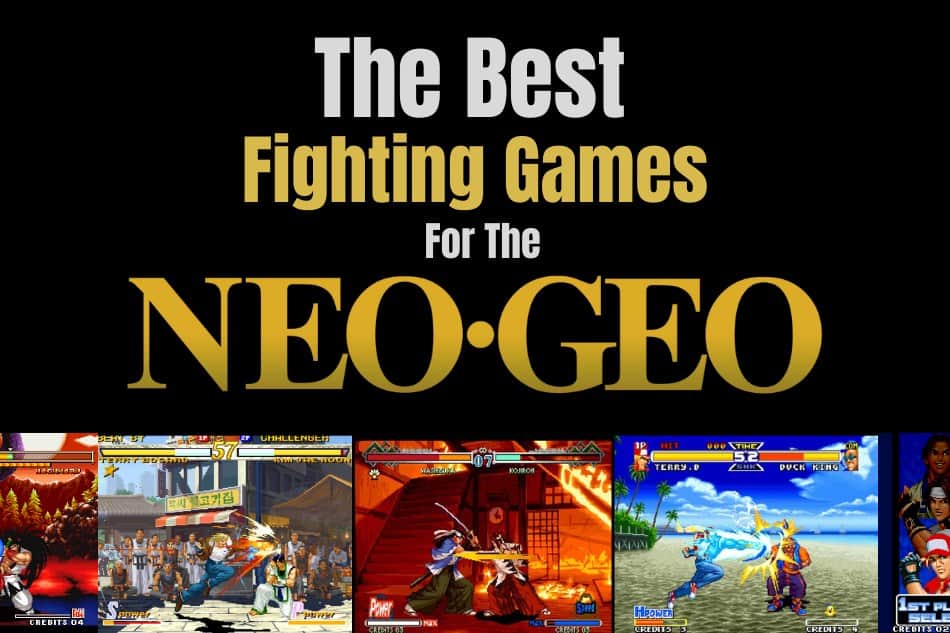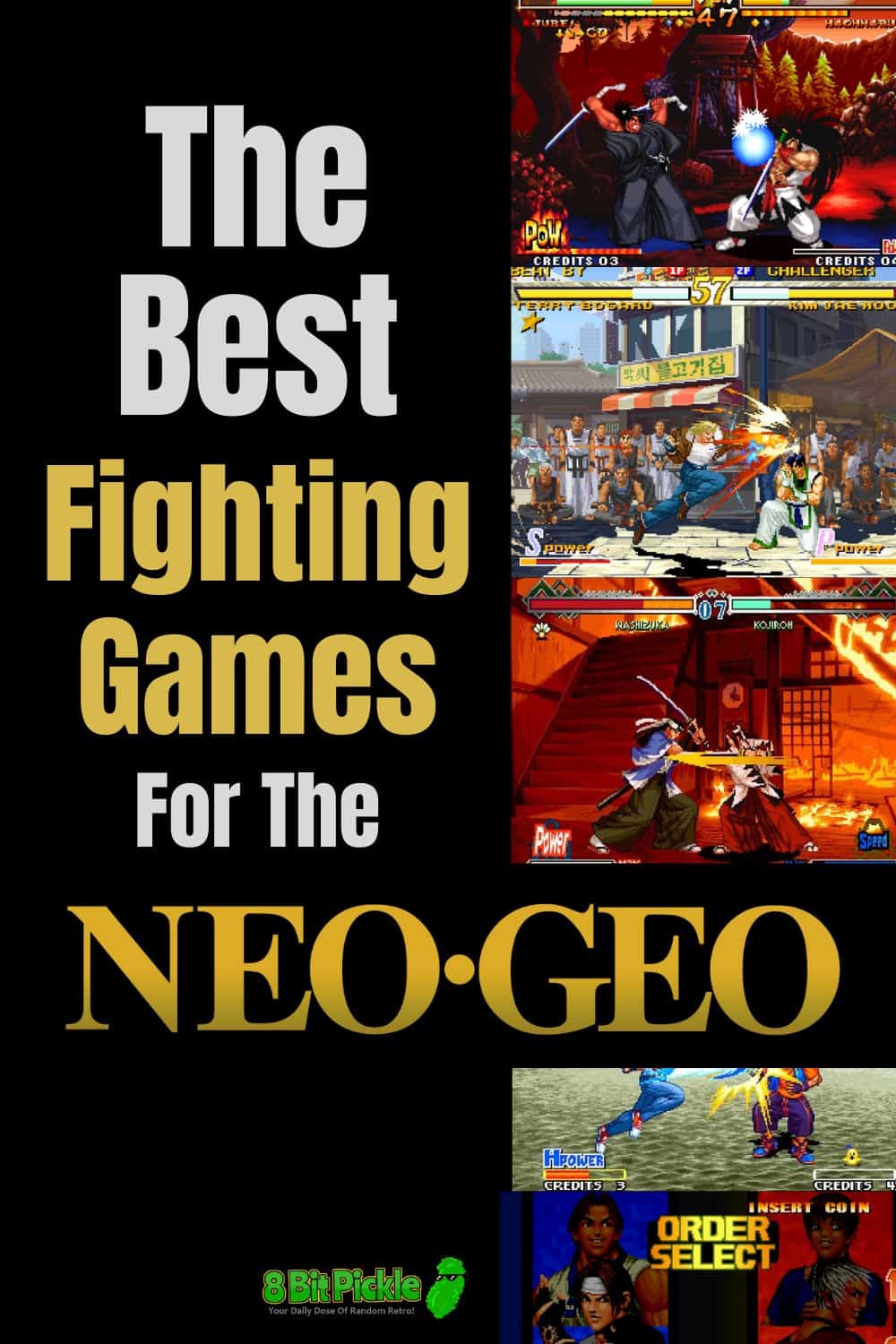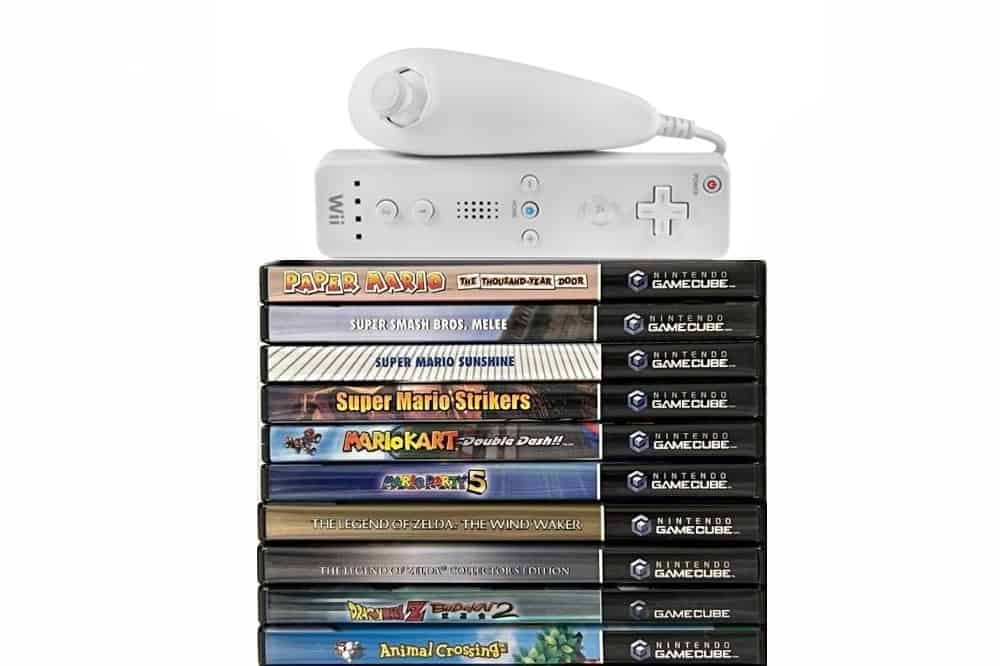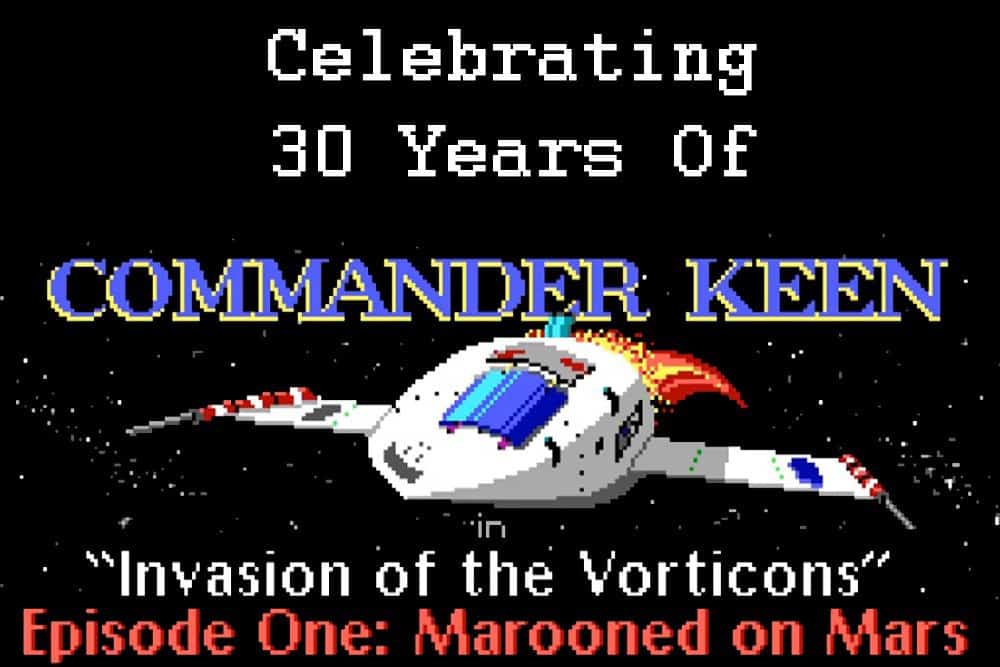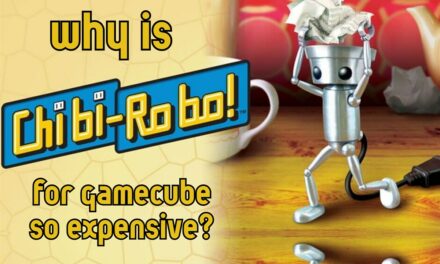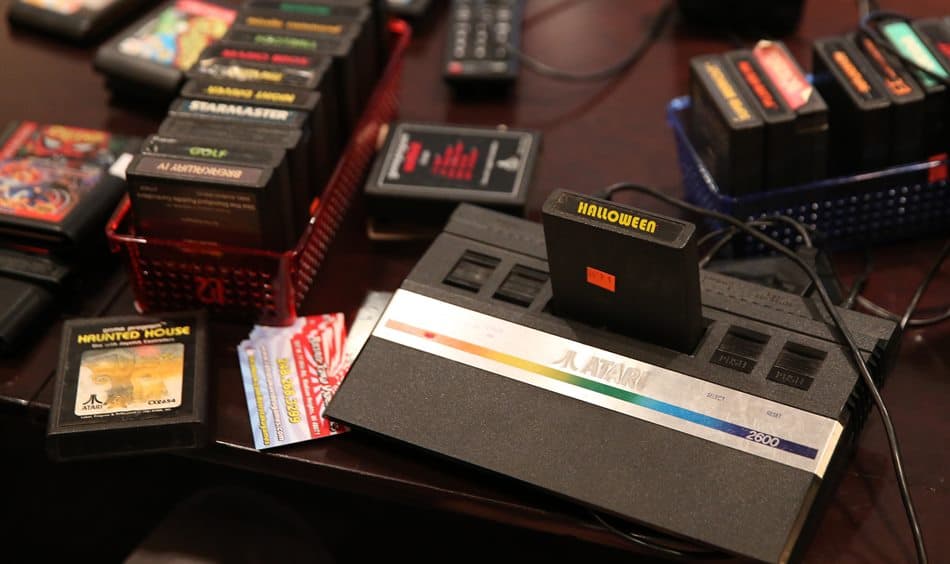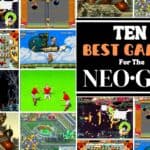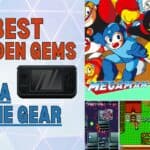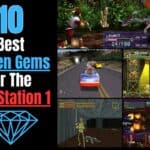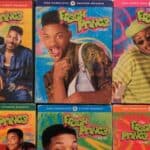With the release of the new Samurai Shodown and The King of Fighters XV for modern consoles and the announcement that Garou 2 is finally in development by the original game’s planner, SNK is finally back in the fighting game business after years of just making RPG mobile titles with their franchises and updating Metal Slug Defense and Attack with new characters, even getting WWE Super Stars to wrestle Kyo Kusanagi and Terry Bogard in The King of Fighters All-Star.
Now, back in the 90s, SNK got a reputation for just stealing ideas from Capcom’s Arcade Hit “Street Fighter II”, and games such as Art of Fighting and Fatal Fury were seen just as knockoffs of that more popular title.
Even so, the Neo-Geo features some very original and fun-to-play fighting games that are still worth playing 1 vs 1 to this day, and it’s time to take a look at the awesome classics that competitive fighters still ask to play in tournaments at the pro level.
The Best Fighting Games On The Neo Geo
Real Bout Special (SNK – 1997)
The gimmick of Fatal Fury was that you could change lanes in a match and jump to the background to avoid incoming attacks and projectiles, and then return to the original lane with a flying kick or just roll over to the foreground.
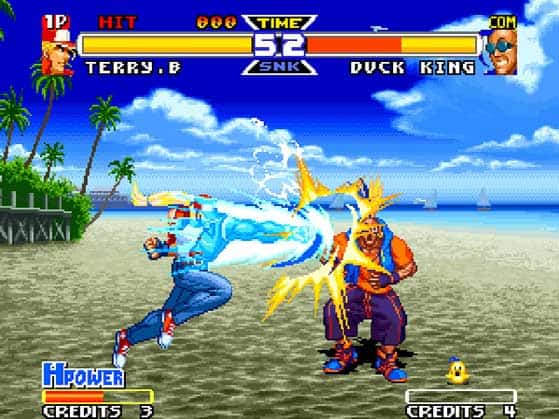
It was certainly a good idea back then before 3D fighters where you could side-step (like Tekken) became the norm, and if there’s a game that got it correct (and everything else too) it was the 6th entry in the Fatal Fury Series: Real Bout Special.
RBS got a graphic overhaul with new sprites replacing the ones used in Fatal Fury 3 and the original Real Bout, as well as getting new better sounding theme songs and improving on the combo system.
You can no longer jump to a foreground lane, and there’s no longer a “Ring Out” at the sides of the screen, but 2 lanes to fight on are enough, and we still got the breakable barriers at the edges of the screen.
Visually it looks beautiful, and while there are only a handful of stages, and up to 3 characters share the same place as their home turf (like Terry, Blue-Mary, and Duck fighting on Sound Beach) they change with every Round that passes and have a lot of small details and moving objects in the background to keep it lively.
Let’s not forget that on the sides of the stages we have breakable walls or big objects serving as barriers, and if you smash your opponent through them, you’ll get them stunned and exposed to a combo or super move. In the last game, you had the “Out of Bounds” rule where the opponent out of the “ring” would lose the match automatically, but here the combat continues until you get a clean KO.
The music is better than the original game too, with more polished-sounding theme songs, although I miss Franco Bash’s previous theme that had a more heroic and nostalgic movie hero feel to it.
This game’s announcer is also one of the coolest you’ll hear in any fighting game and gets you into the mood since you’re selecting a fighter in the character select screen.
For a series that was very much into story and character development since the original game, Real Bout 2 only has the core gameplay for the more hardcore versus fighting players and just doesn’t have the charm of previous Fatal Fury titles.
Some stages don’t even have the lane-changing mechanic that made the franchise stand out in the first place. And while in Fatal Fury Special we don’t have a long story like in Fatal Fury 3 with Terry visiting locations all over South Town, RBS is canon and the last game before Garou, while RB2 is a “Dream Match” with no story (that’s why the deceased Geese Howard is playable).
It’s always cool to see the stage intros in Real Bout Special, and how each CPU opponent has different ways of entering the bout on their own stage, like Joe carrying an alligator on his back in the Amazons, or Blue Mary entering the stage on her bike, and Cheng getting off the bus in China Town. All that is lost on RB2.
While Real Bout 2 may have better-looking graphics for some special moves and 2 more characters (the “Newcomers”) plus the secret character Alfred, it doesn’t have a story, stage intros, breakable walls at the side of stages, win poses after each round, fighters challenging each other or celebrating at the end of each round, or even winning quotes at the end of each fight… Nothing that may make you take interest in the Fatal Fury lore.
If you’re only into competitive fighting, you may enjoy the “let’s get to it” attitude of Real Bout 2, but if you enjoy an arcade playthrough from time to time and like to enjoy the fan service and small details SNK games have to offer, go ahead and check out Real Bout Special and see why is so fondly remembered by those who had the chance to play it on their Neo-Geo console. Or the Neo Geo CD version that has the Mary’s Blues Music Video.
The Last Blade 2 (SNK – 1998)
Samurai Shodown may be a more popular sword-fighting franchise that’s still getting new games to this day, but Hibiki making it to Capcom vs SNK 2 as a playable character and recently as DLC in the 2019 reboot, is a sign that The Last Blade 2 made an impact in the late ’90s
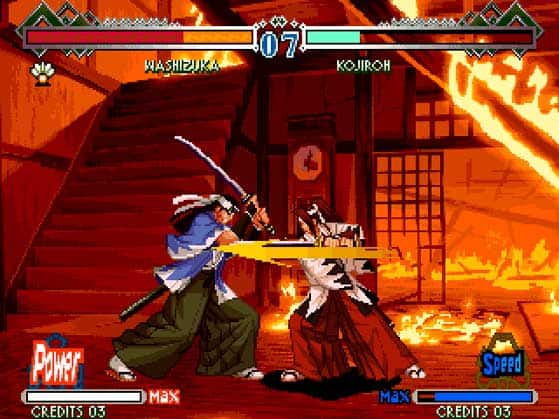
The overall gameplay is not like the hard-hitting and risk-taking battles of the more popular Samurai series but is more fast-paced and a perfect mix of offense and defense depending on how you’d like to play, being able to pull off nice combos if you select the “Speed” style, or defeat your opponent after landing a few powerful blows with the strong and punishing “Power” style.
Of course, one innovation since the first game was being able to deflect attacks by pressing the D button.
So if you’re getting a sword close to your face and press the deflector at the right time, you’ll repel the attack and leave your rival’s defense open for a slash. Using this correctly is the basis of the game.
Visually it looks stunning, and it’s really a testament to how talented SNK’s artists were in the late ’90s before the company went into financial crisis.
Every stage is beautiful and lively with many people in the background of stages. You can see birds flying around and landing on trees, leaves swaying with the wind in the open fields, and snow falling down the top of a gate if you hit the door with force.
When you land hard on snow, you clear it and can see the ground, but it gets icy white again with time as it keeps snowing.
In Hibiki’s stage, you can even see battleships in the sea far away, and fireflies and other insects getting close to lamp posts on the roads at night. This game is just filled with small details.
The music is awesome as the sound effects of metal weapons clashing, fire, electricity, and skin pierced by sharp blades.
The voice-over work is also worth noticing, with each character having several lines that don’t sound as repetitive as in other fighting games of the time.
They’re all very well-animated, have fleshed-out backstories, and have a reason to be on a quest to find Hell’s Gate and close it for good. Or keep it open.
The Last Blade’s legacy lives on with some of its characters still appearing in crossover titles and other media, such as Akari making it to other fighting games like Neo-Geo Battle Coliseum and spin-offs games like Neo Geo Heroes: Ultimate Shooting and the date simulator Days of Memories.
Are we ever going to get a Last Blade 3? Only time will tell, with SNK’s financial situation being better than ever, we can only hope, meanwhile you can still play this legendary sword-clashing classic on PS4 and PC thanks to Code Mystics.
Samurai Shodown V Special (Yuki Enterprise – 2004)
The very last game to be officially released for the Neo-Geo, and what a way to say goodbye to SNK’s beloved arcade system, 14 years after its original release.
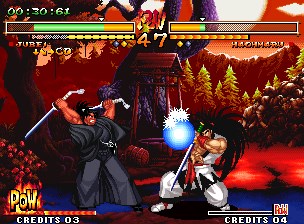
This weapon-based 1-on-1 fighting game has an interesting roster of characters with series veterans, newcomers, and some even designed by Samurai X manga creator Nobuhiro Watsuki.
They all have a lot of different techniques in their moveset, with offensive attacks with their blade or barehanded, special moves that can be pulled off from different positions, defensive short jumps and rolls to dodge and avoid the rival, parry blocks to leave the opponent’s guard open for a couple of seconds like in The Last Blade, and super secret rage moves that can disarm your enemy or destroy their weapon if you manage to hit it.
The gameplay of Samurai Shodown has always been a little slower than other fighting game series, with matches being “high risk, high reward”, in the sense that your setup for a slash takes its time. If you manage to slice your opponent with a strong attack, you take out like a third of their life bar, so a match can end with a few well-placed, well-timed attacks.
For this entry, each of the characters has a very distinctive fight style, and the clash of different weapons gives the game a variety that you don’t see in games such as Street Fighter. Many characters share pretty much the same karate-based punches and kicks.
You get 28 selectable fighters that are very well-animated and have a ton of moves to learn and use in battle.
The art style is pretty cool, and while the resolution of this game was becoming “blocky” by the time of its release, it still looked gorgeous on CRT monitors. Some backgrounds look like classic Japanese paintings, while others have several characters moving around and even fighting with each other, like Kuroko’s dojo stage.
The music also places you right in the time period of the story, with classic tunes or background noise that sets the right emotion for late 18th-century Japan.
The sound effects of blades clashing or piercing skin sets you in the right mood for this tactical and more technical fighting game than most other popular series.
This is a game that you’ll probably reach very far if you just try to button-mash your way to the final boss. It has a very complex and deep gameplay system where timing and defense are the way to win and not just brainless offensive.
It is now available on PC, Xbox One, PlayStation 4, and Nintendo Switch, and it’s also included in the Samurai Shodown Neo-Geo Collection for modern consoles.
Garou: Mark of the Wolves (SNK – 1999)
When 3D games were becoming the standard and even 2D games started to feature higher resolution graphics and flashy transparency effects, SNK launched the 4th entry in the Fatal Fury series, with smooth character animation, great looking backgrounds, cool music, and a completely new roster of characters to choose from and play with.

Rock Howard, the son of the late King of Fighters tournament organizer Geese Howard, was the new main hero of the story, and he was raised by the veteran protagonist of the series, Terry Bogard, the only selectable fighter to make a comeback from the previous games.
The overall look and presentation of this game may have been created as a response to Street Fighter III, which had hundreds of frames of animation for each character.
So while the roster was smaller than the KOF games, Garou looked awesome on screen with every fighter moving around and performing their attacks flowing from one sprite to the next, instead of looking stiff and changing from their neutral stance to their full extended punch or kick in just one or two frames.
Just play this game for a while and go back to the Real Bout games to see what I mean (the same happens if you play SFIII and go back to Street Fighter Alpha).
The stages are also a feat for the eyes, with a lot of stuff moving around giving a very lively and colorful look, and they change a little bit with every round that passes, so you can contemplate a place at noon, dusk, and at night, and spend your time distracted from the fight by just observing the small details of the background. This game is a work of art in motion.
Gameplay wise it has pretty much the same style as The King of Fighters games.
You can’t jump to different lanes at the back of the stage or foreground, which was a common feature in the Fatal Fury games. This is a much more straightforward title where pulling off combos and using special attacks and counters is the “Road to Final Victory”*
This game reached a legendary cult status, and it was unfortunate that we never got an official sequel after SNK filed for bankruptcy in 2000.
It was only until very recently that KOF XV producer announced on Twitter that we’re finally getting Garou 2 (but it’s gonna be a 3D game much different in look and feel to this one).
If you enjoy 2D fighting games, and never really got into the last Garou Densetsu title for the Neo-Geo, give this one a chance; either in its original arcade format, the Dreamcast port, or the versions available on PlayStation Network, Xbox Live Arcade, and PC online stores.
*It’s the subtitle of Fatal Fury 3 (for those of you that haven’t played it or just didn’t remember it)
The King of Fighters ’98 (SNK – 1998)
Arguably the best entry in the KOF series and one of the most beloved fighting games ever, The King of Fighters ’98 is a “Dream Match” game.
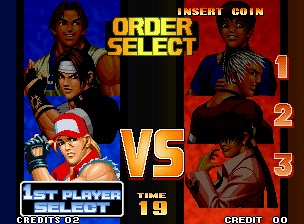
A game without a real canon story where SNK just put all the characters from previous games (even canonically dead ones) in a new tournament and polished the gameplay for a great versus title still being played by thousands to this day.
Everything in this game from the graphics, music, presentation, fighting engine, and selectable fighters, was perfect at the time of its release, and still holds up to this day.
Even after SNK remastered this KOF for PS2 a decade later, titled “Ultimate Match”, with new stages and 5 characters that didn’t make the cut of the original Neo-Geo version, and we even have a Final Edition for PC and modern consoles, they still let us play the original arcade version, which has a more artistic and nostalgic feel to it.
Besides the huge roster of 38 characters to choose from, a dozen of them have an alternative version, altering their moveset and making a round against them very different from the normal version, compared to their EX or Orochi version.
While many fans of the franchise may have a preference for the other Dream Match: The King of Fighters 2002, that entry suffers from many cuts they had to do in order to fit the game in a Neo-Geo cartridge, such as several key characters from the series missing, low bitrate music voices and sounds, and simplistic overall presentation (with the remaster KOF 2002 Unlimited Match being a much superior title in every way)
Sure in KOF ’98 you can play with the Boss Team and some characters have a few new cool moves in their EX versions (or even normal versions) the gameplay was a little rebalanced, but for many fans of KOF that kept playing the later entries, even when they made the jump to HD sprites with KOF XII and XIII, and started using 3D graphics with KOF XIV, or even 4K displays like in the latest KOF XV, it was the original Neo-Geo version of The King of Fighters ’98 Dream Match Never Ends the pinnacle of SNK’s work and quite possibly the best game they’ve ever made.
No game after this one has captured the magic, imagination, and “feel” of this one, and good thing we can still buy and enjoy the original version, select 3 fighters and make our way to Rugal on modern consoles and PC.
If you’re more of a Street Fighter guy and never really gave KOF a chance, try playing this one and get into its mechanics and try to learn its unique gameplay, and you may understand why it has so many fans in Latin America and Asia, compared to America where Capcom’s flagship title just got more followers.
